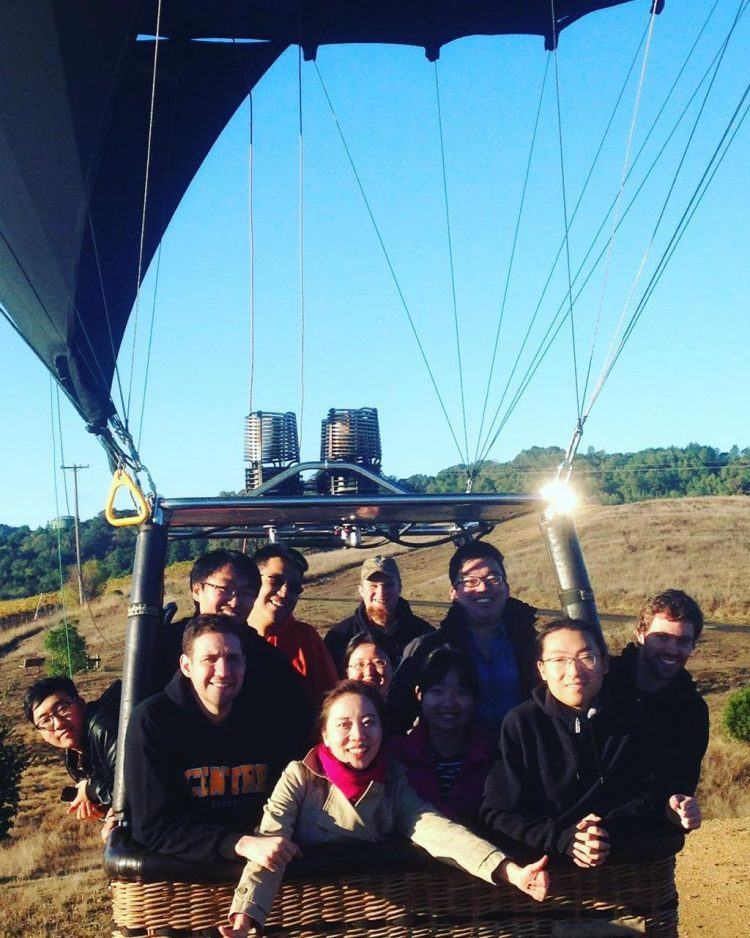
Photo credit: RoboTerra.
Sui Shaolong is no stranger to hardware. Before co-founding RoboTerra, a robotics education startup based in Beijing and California, he designed iPhone 6 cameras as a mechanical design engineer at Apple.
But it wasn’t always that way. Shaolong was a late bloomer – it wasn’t until university that he started learning about hardware engineering. Even though he was part of a robotics team in high school, he never had the chance to really learn any skills. In order to win competitions, each team member stuck to what they were already good at.
“I was good at hammering,” Shaolong tells Tech in Asia, laughing at his contribution to the team. “Because no one would teach me [about robotics], I was really frustrated.”
In China, robotics classes for children as young as three years old have started popping up.
RoboTerra is hoping to tap into that frustration – especially from parents in the US and China who want their children to excel in STEM (Science, Technology, Engineering, and Math). In the US, the demand for STEM-savvy students has created a market for robotic toys that teach children how to code, such as Root and Kubo. In China, robotics classes for children as young as three years old have started popping up, thanks to the country’s top-down push for its homegrown maker movement.
“Schools, teachers, parents are looking for those kinds of classes,” says Shaolong. “But they cannot train people to be very good tech people – it’s very hard.”
That’s why RoboTerra is building a kind of Codecademy for robotics called CastleRock, where students learn on their own through a series of step-by-step tutorials, challenges, and quizzes. The software program is designed to work with RoboTerra’s robotics kit, which includes light sensors, buttons, LED lights, a robot controller, and more. By connecting their robot to the computer via USB, RoboTerra students can learn how to write C++ programs for robots.
“We want to change the teacher’s role from knowledge [provider] to become more like a facilitator,” Shaolong explains. “A teacher doesn’t necessarily have to be a very good techie person to [teach] this.”

CastleRock’s interface: code editor, debugging console, and robot components. Photo credit: RoboTerra.
For instance, to help students debug their robots on their own, CastleRock displays each robot part – buttons, motors, LEDs – along with its current value, such as its speed, direction, or the number of times it’s been pressed. That saves teachers – especially those without a tech background – from having to become specialists in robotics or engineering. Instead, they attend a short training program offered by RoboTerra, which ensures that teachers know how to solve and guide students through challenges on CastleRock.
Scaling education
Founded in 2014 by Yao Zhang, a PhD in economics and education, RoboTerra has firsthand experience of the pain of finding teachers who are both tech-savvy and passionate about teaching. Before CastleRock launched in 2016, the startup offered traditional robotics classes and recruited its own teachers. That was always the bottleneck for growth.
Parents will sometimes doubt teachers that don’t have a technical background.
Now, having sold its kits and software to more than 500 schools in China and the US, the company hopes it can scale robotics education for kids. Last year, the company generated US$3 million in revenue for both its China and US operations, and raised a US$3.7 million series A round in 2015.
However, Shaolong notes that although RoboTerra offers teacher training, parents will sometimes doubt teachers that don’t have a formal background in the subject matter.
“If teacher doesn’t know this track, can they teach this class?” he says, voicing parent concerns.

Part of RoboTerra’s team, with Yao Zhang, company founder, in the middle. Photo credit: RoboTerra.
RoboTerra is looking for ways to make use of the data it’s collected from students using the platform. “We know every day how many lines of code [students] made and their progress,” says Shaolong.
In the long term, the company also wants to open its software to students so they can create their own projects and share it with their own class – or students on the other side of the world. So far, CastleRock only features projects, like building a catapult robot, that are designed by RoboTerra’s team.
This post Former Apple engineer is building the Codecademy for robotics appeared first on Tech in Asia.
from Tech in Asia https://www.techinasia.com/roboterra-scale-robotics-education-kids
via IFTTT
No comments:
Post a Comment